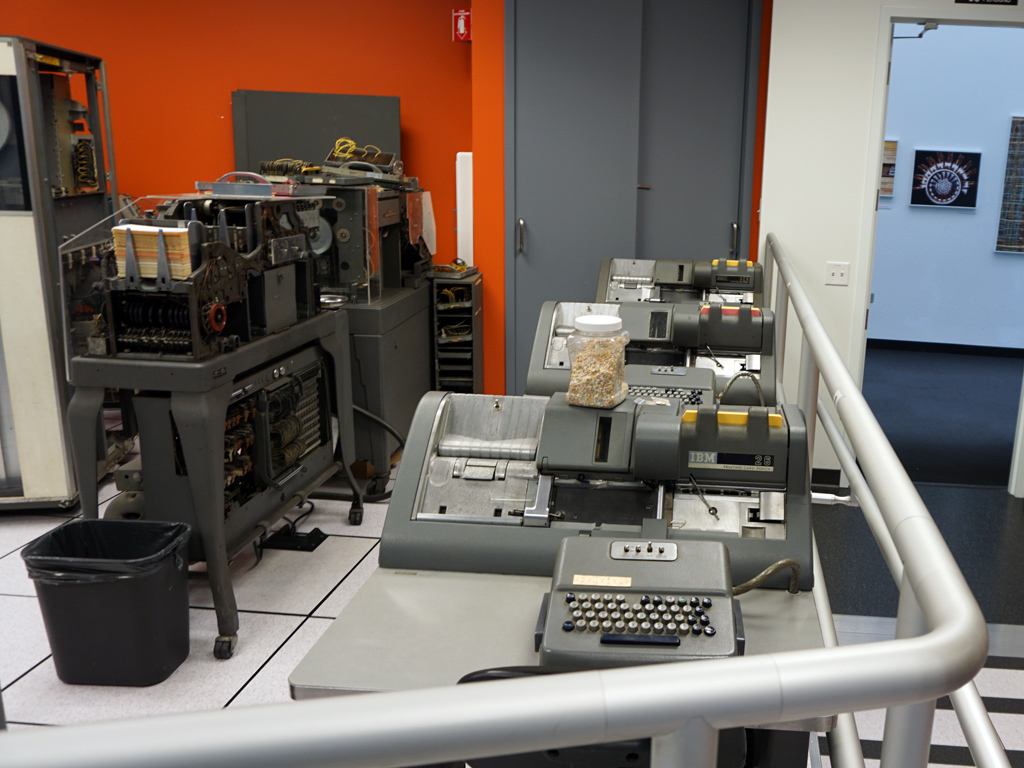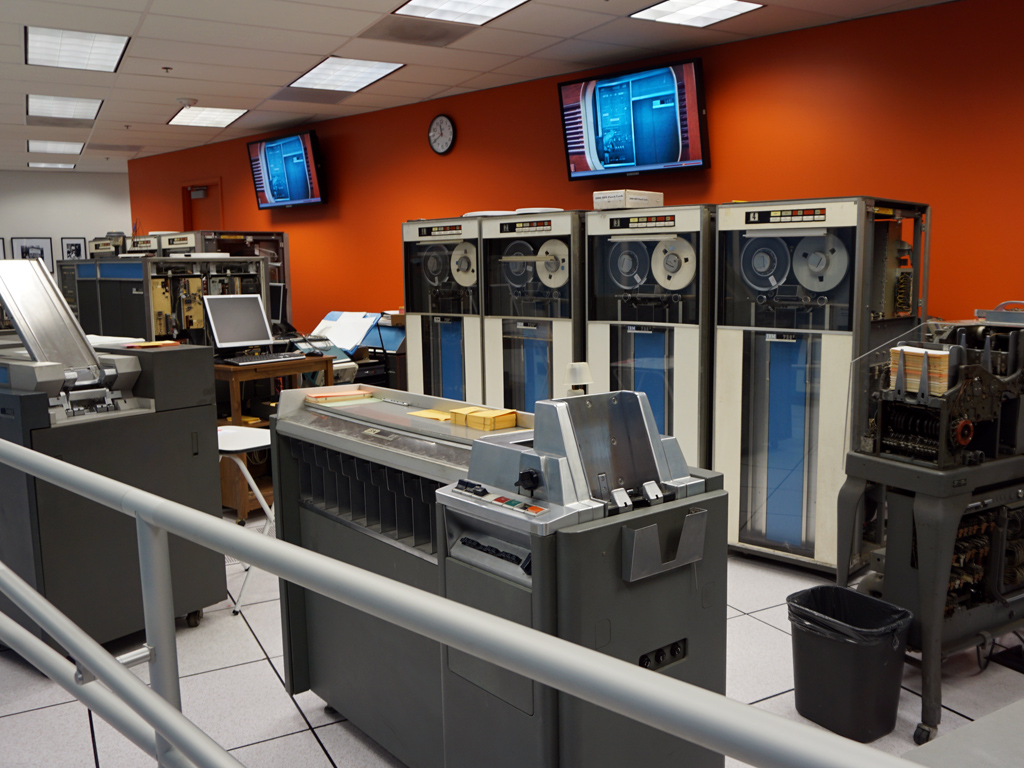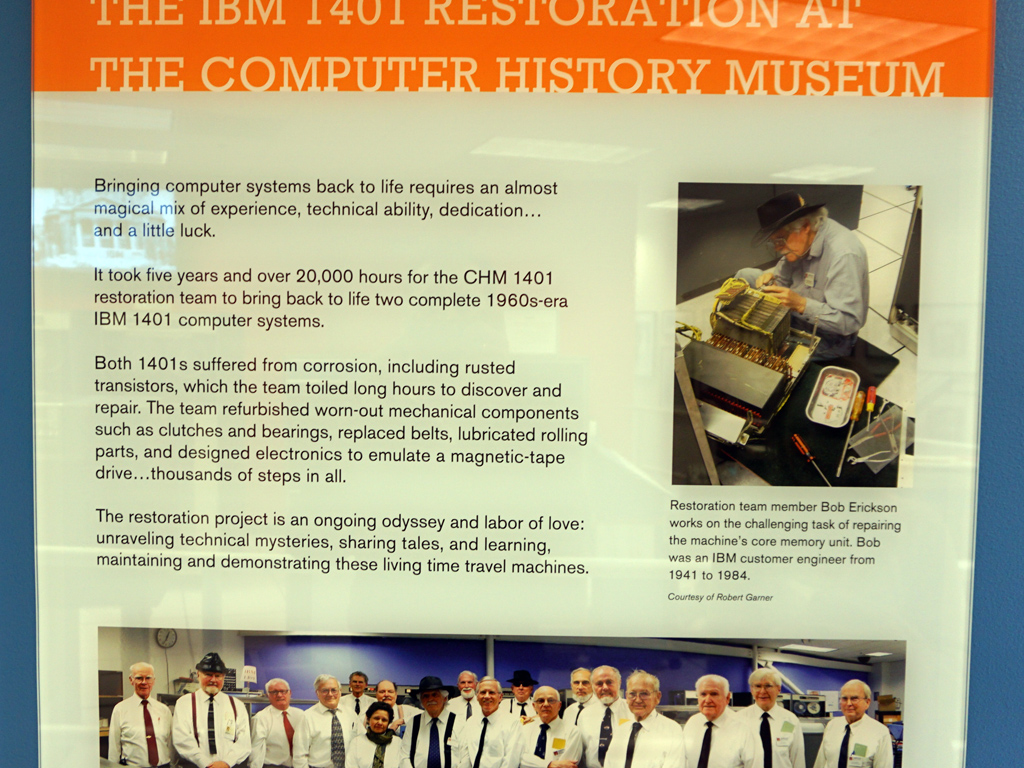Computer History: From The Antikythera Mechanism To The Modern Era
In this article, we shed light on the most important moments in computer history, acknowledging the people that have contributed to this evolution.
Big Blue Makes Its Entry In The Computer Market
Until the early 1950s IBM manufactured only automatic calculation machines that used punched cards for data entry and output. In 1953 the company decided to enter the computer market and introduced the IBM 701. Because of the ongoing war at that time in Korea, the U.S. Army bought 18 of these machines within a three year period.
In 1954 IBM introduced a medium-scale and much more affordable computer, the IBM 650, which quickly became a best seller. In total, 1000 computers of this type were sold, although only 50 were expected to be sold initially. With the IBM 650, the company managed to make a highly successful entry into the mainframe computer market and this fact sealed IBM's leading role in computer technology.



After the IBM 650, the 702 and 709 models were released, and in 1959 the 7090 model was introduced; it used transistors instead of the vacuum tubes that its predecessor, the 709, utilized. The 7090 was very expensive with a price that reached $2.9 million (around $23 million today). Despite its high price, lots of 7090 systems were sold and companies that couldn't afford one were able to rent it. Three years after its release, the 7090 was phased out by the 7094, and in the 1962-1963, IBM also released some lower-end models, including the 7044 and 7040, which cost much less than the 7094 and 7090 systems.



The IBM 7030 was also known as Stretch. This was the first IBM supercomputer that used only transistors. The first IBM 7030 was put into service in 1961 at the Los Alamos National Laboratory. Its performance didn't meet IBM's expectations, so the company was forced to reduce its price tag from $13.5 million to $7.78 million. Talk about a bargain!
Despite its lower-than-expected computational power, the IBM 7030 was the fastest computer in the world for three years, from 1961 to 1964, until the first CDC 6600, by Control Data Corporation, became operational. The CDC 6600 was about three times faster than the IBM 7030. It's worth mentioning that the father of supercomputers, Seymour Cray, assisted in the design and building of the CDC 6600, which used freon cooling!



IBM managed to establish its name in the mainframe computer market with the 360 line, which it announced in 1964. These machines used small-scale integrated (SSI) circuits and became very popular thanks to their affordable price and the innovative design, which deeply influenced computer design in the following years.




The Computer History Museum has two working IBM 1401 Data Processing Systems. The 1401 model was used by small businesses for data processing. In some instances this computer was also used to transfer data from slow peripheral devices like punch card readers to tapes and vice versa. This way slow peripherals weren't a bottleneck for super expensive mainframes like the IBM 7090. The IBM 1401 was announced in 1969 and withdrawn in 1971.
Get Tom's Hardware's best news and in-depth reviews, straight to your inbox.




It took lots of effort to bring the two IBM 1401 computers back to life. They are now on display at the Computer History Museum and are actually in working condition. Congratulations to the restoration team and the museum for keeping such important parts of computing history alive.
MORE: All Motherboard Content
Current page: Big Blue Makes Its Entry In The Computer Market
Prev Page UNIVersal Automatic Computer I - UNIVAC I Next Page Semi-Automatic Ground Environment (SAGE)
Aris Mpitziopoulos is a contributing editor at Tom's Hardware, covering PSUs.
